Maintaining your Asiwo Manta underwater scooter properly will keep it safe, reliable, and fun for years.
This guide covers routine cleaning, battery care, storage tips, and troubleshooting steps in clear, user-friendly language.
Follow these tips to protect your scooter from damage and ensure each dive is a smooth experience.
Routine Cleaning Tips

Illustration: Rinsing the scooter and its battery with fresh water.
After each use—especially in saltwater—it’s important to clean your scooter to prevent corrosion or buildup. Salt, sand, and chlorine can harm the scooter if not cleaned off. Fortunately, basic cleaning only takes a few minutes and goes a long way toward preserving your Manta.
Rinse with Fresh Water
Always rinse the scooter thoroughly with fresh water after every use. This is crucial after salt-water outings—you can even soak the scooter in clean fresh water for a few minutes to dissolve salt deposits. Rinsing removes salt, chlorine, sand, and other debris that can cause corrosion.

Disassemble and Clean
If possible, remove the battery and any detachable components and rinse those separately. This lets you flush out any salt or sand that may have gotten into crevices. Never use harsh detergents or chemicals; if some grime is stuck, use a mild soap and a soft brush or cloth to gently clean the exterior and propeller areas.

Drain and Wipe Dry
After rinsing, drain any excess water from the scooter (turn it upside down briefly to let water out of nooks). Then wipe down all external surfaces with a soft, clean cloth. Pay special attention to dry the propellers, motor vents, and the battery compartment. Leaving the scooter wet can lead to rust or mold, so take a moment to get it completely dry.
Air-Dry Before Storage
Once you’ve towel-dried the scooter, let it air-dry completely in a shaded, ventilated area before storing it. Never store the scooter while it’s still wet—this prevents mildew and corrosion from moisture.
Protect the Seals (O-Rings)
Whenever you open and close the battery compartment or other sealed parts, inspect the rubber O-ring seals. Wipe off any sand or dirt, and ensure they aren’t cracked or twisted. Apply a thin layer of silicone grease to the O-rings periodically to keep them supple and waterproof. Well-maintained seals stop water from leaking into the scooter. Always double-check that O-rings are seated properly when reassembling the scooter to avoid any gaps that water could penetrate.
By following these cleaning steps after each session, you’ll prevent salt corrosion and grime build-up. A quick rinse and dry will keep your Asiwo Manta running smoothly and looking new.
Battery Care
The battery is the heart of your sea scooter, so taking care of it will optimize performance and extend its life. The Manta uses a lithium-ion battery that needs a bit of TLC:
Proper Charging Practices
Use only the official charger that came with your Asiwo Manta, and follow the recommended charging procedure. After each day of riding, it’s wise to recharge the battery rather than leaving it drained. However, do not charge it immediately if it’s hot from use—let the battery cool down to room temperature before charging to avoid stress on the cells.
Avoid Over-Discharging
Try not to run the battery completely down to 0 %. Lithium batteries last longer when you avoid full discharges and top them up more often, so consider charging when it’s around 20–30 % remaining instead of fully empty. Similarly, there’s no need to overcharge—once it’s fully charged, unplug it as the charger will typically stop on its own.
Protect Battery from Water & Damage
The battery compartment and contacts should stay dry. Make sure the battery port is sealed before using the scooter in water, and dry the contacts if you see any moisture. If you ever notice a greenish or white crust on the battery contacts (a sign of corrosion), gently clean it off with a vinegar-and-salt solution on a cloth, then dry thoroughly. Keeping contacts clean ensures a good connection. Also, never drop the battery or expose it to physical damage—the casing protects the cells, and any cracks could be dangerous.
Temperature Awareness
Batteries are sensitive to extreme temperatures. Store and charge the battery in a cool, dry place. Avoid leaving it in a hot car trunk or under direct sun, and don’t let it freeze in winter. Room temperature (around 10–25 °C / 50–77 °F) is ideal for both usage and storage. Heat in particular can “kill” battery cells over time, so try to keep the battery out of hot environments.
Long-Term Storage Tips
If you won’t be using the scooter for an extended period (several weeks or more), don’t leave the battery fully charged or fully drained for too long. Best practice is to store the battery at around 40–60 % charge for long-term storage. The manufacturer suggests you can fully charge it after use, remove it from the scooter, and then top it up every 2 months during storage to keep it healthy. In short, give the battery a little exercise with a periodic recharge so it doesn’t sit idle and discharge too far on its own. Always store the battery separately from the scooter (not plugged in) if you’re shelving it for a long time.
Use and Replacement
On the day of your ride, ensure the battery is charged and clicks in securely. Most Manta scooters have safety interlocks that require the battery to be properly seated to power on. If you ever suspect the battery isn’t holding a charge like it used to (e.g., significantly shorter run times even after full charge), it might be nearing the end of its lifespan. A lithium battery will typically last for a few hundred charge cycles; consider purchasing a replacement battery after a couple of years of heavy use to maintain optimal performance, and always dispose of old batteries at a proper e-waste or recycling facility.
By treating your battery well—keeping it dry, charging it correctly, and storing it under the right conditions—you’ll get the maximum runtime and lifespan out of it. This means more underwater fun and fewer battery problems down the road.

Storage Recommendations
Whether you’re storing the scooter overnight or for the off-season, proper storage will preserve the scooter and battery. Here are some storage guidelines for both short-term and long-term periods:
Cool, Dry, and Out of Sunlight
Always store your Asiwo Manta in a cool, dry place away from direct sunlight. Sun and heat can degrade the plastic body and dramatically shorten battery life.
Dry Before Storing
Make sure the scooter is completely dry before storage (mentioned in cleaning, but worth repeating). Wiping it down and air-drying prevent trapped moisture from causing rust or mold.
Remove or Disconnect the Battery
For anything more than just overnight storage, it’s a good idea to take the battery out of the scooter. This eliminates slow power drain and protects the scooter’s electronics. Store the battery separately in a cool, dry place and keep it around 50 % charged, topping up every couple of months if stored long term.
Avoid Pressure on Controls/Propellers
When placing the scooter into storage, don’t pile heavy objects on top of it and avoid positioning it in a way that bends the propellers or presses the triggers.
Use a Protective Case or Padding
If you have a dedicated storage case or the original box, use it for longer storage. A case can protect the scooter from dust and accidental knocks.
Climate Considerations
Try to store the scooter in a place with stable, moderate temperature. Big temperature swings can cause condensation and stress the seals.
By following these storage practices, you’ll prevent many potential issues. Your scooter will be ready to go when you are, without unpleasant surprises like a cracked case or a dead battery.
Troubleshooting Common Issues
Even with good care, you might occasionally encounter a problem with your sea scooter. Don’t panic—many issues have simple solutions. Below are common problems Manta users face, along with diagnostic steps and fixes. Always ensure the scooter is off and the battery is removed before inspecting moving parts or electrical contacts.
Scooter Won’t Turn On (No Power)
-
Check the Battery Connection: Ensure the battery is fully charged and properly inserted. Reseat it firmly and inspect terminals for corrosion or debris.
-
Verify Safety Lock and Startup Procedure: Make sure any safety lock is disengaged, then hold down both triggers as required to start.
-
Try a Different Power Source: If possible, test with a spare battery to rule out a battery fault.
-
Inspect the Charger: Confirm charger indicator lights behave normally when charging.
-
Internal Electronics: If none of the above works, contact Asiwo support or an authorized repair center.
Propeller Not Spinning (Motor Won’t Run)
-
Review the Start Procedure: Many scooters require both triggers pressed together to engage the motor.
-
Turn Off and Inspect for Jammed Debris: Remove battery and clear seaweed, fishing line, or sand from propeller ducts.
-
Look for Error Indicators: Check for blinking lights or beeps signaling a jam or overheat.
-
Check Triggers and Controls: Ensure triggers are not stuck or damaged.
-
Internal Motor or Electronics Problems: If everything else checks out, seek professional service.
Water Leakage or Flooding
-
Abort Use Immediately: Surface safely, turn off, and remove the battery.
-
Remove Battery and Dry Out: Drain water, rinse with fresh water if salt intrusion occurred, and dry thoroughly before reassembly.
-
Examine and Fix the Seals: Inspect O-rings for dirt, damage, or misalignment; clean, grease, or replace as needed.
-
Check the Housing for Cracks: Look for hairline cracks; repair or replace parts as required.
-
Test for Leaks Before Next Use: Submerge without battery and watch for bubbles.
-
Seek Professional Help: If major flooding occurred, contact Asiwo support for proper servicing.
By adhering to this maintenance guide, you’ll keep your Asiwo Manta sea scooter in top condition.
Regular cleaning, smart battery care, proper storage, and prompt troubleshooting of issues will ensure you enjoy safe and worry-free underwater adventures for a long time.
Happy scooting, and dive safe! 🏊♂️🤿
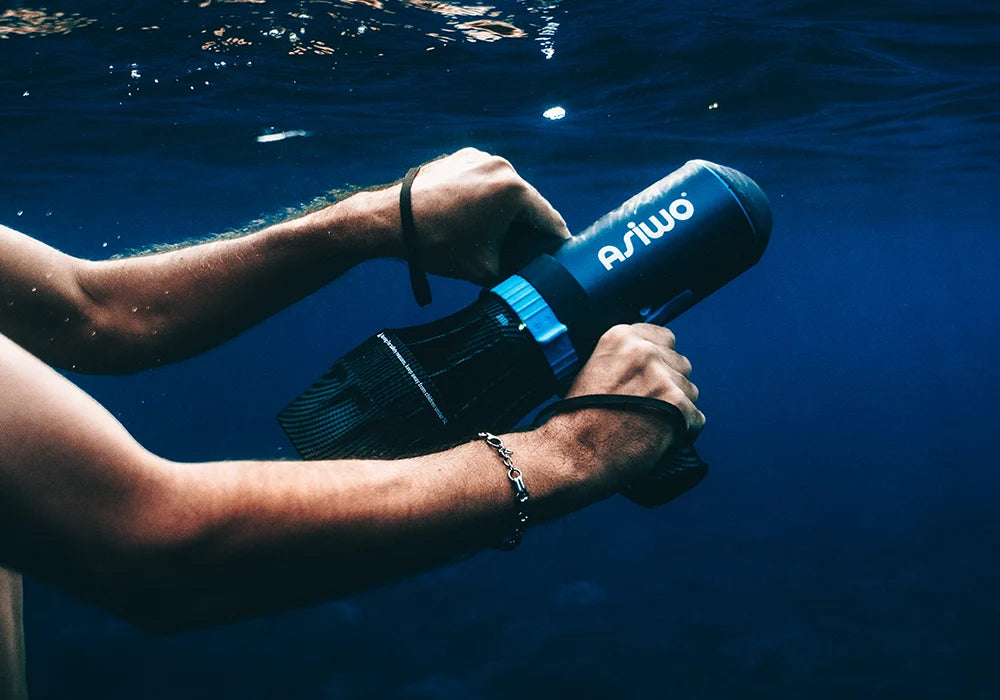




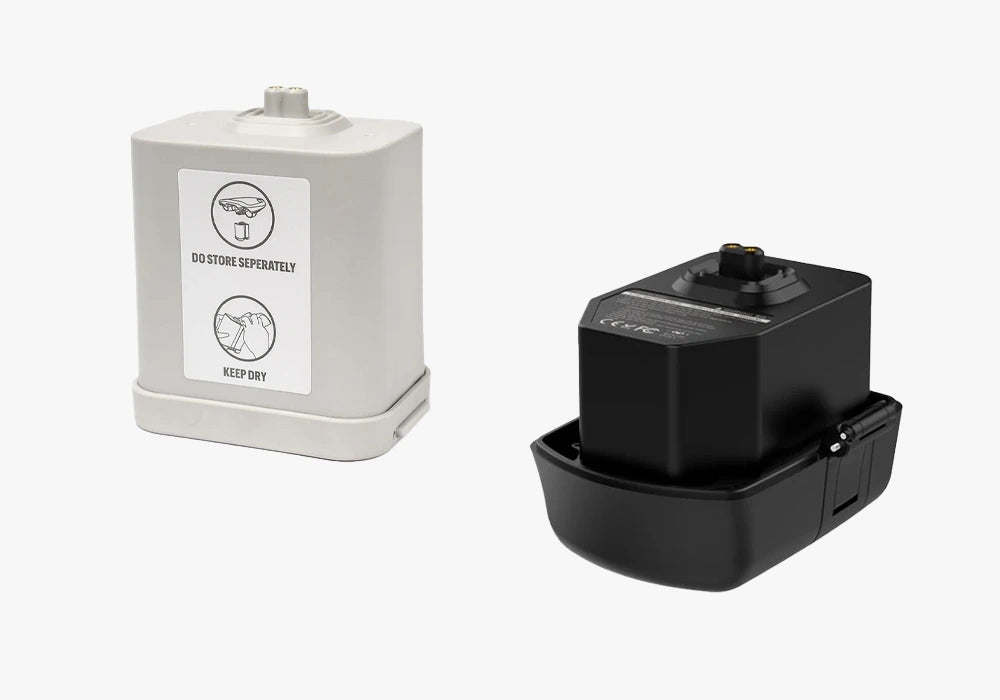




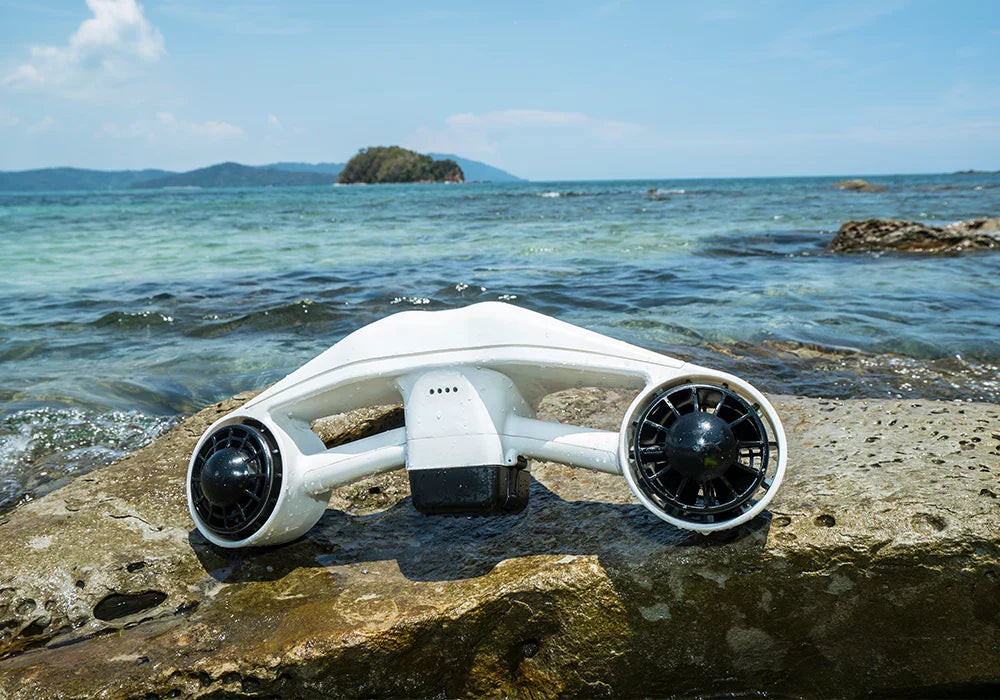
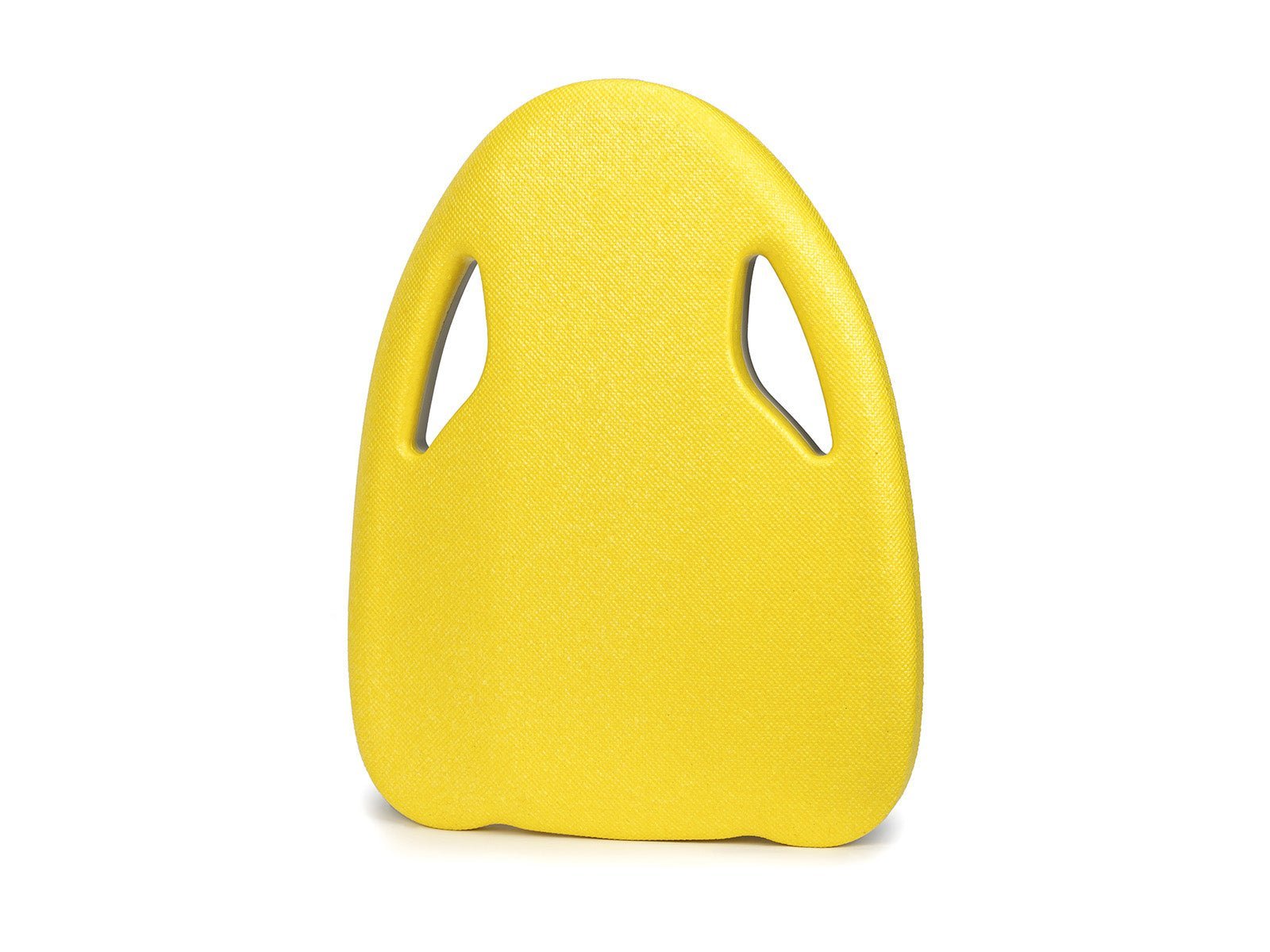
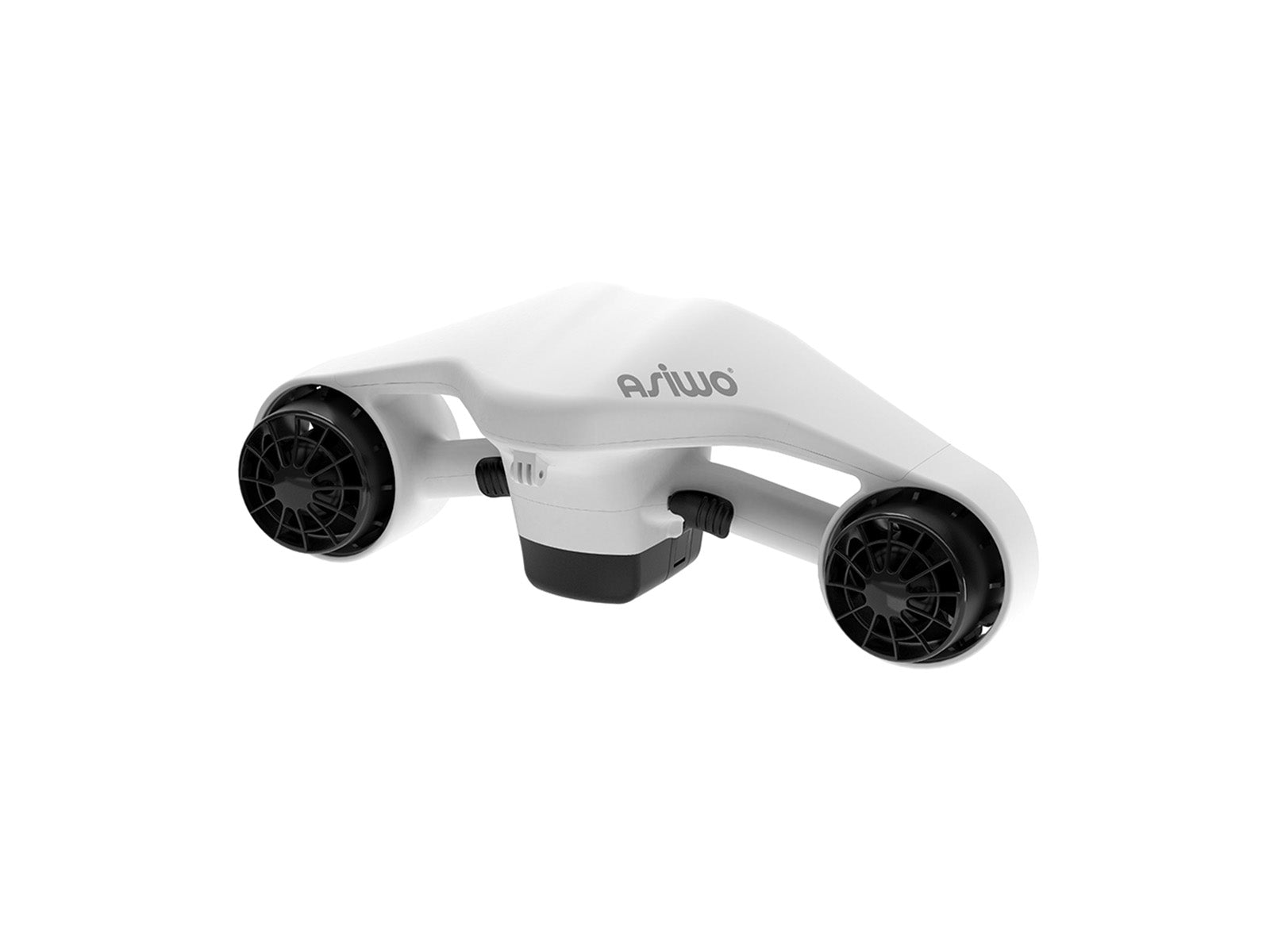
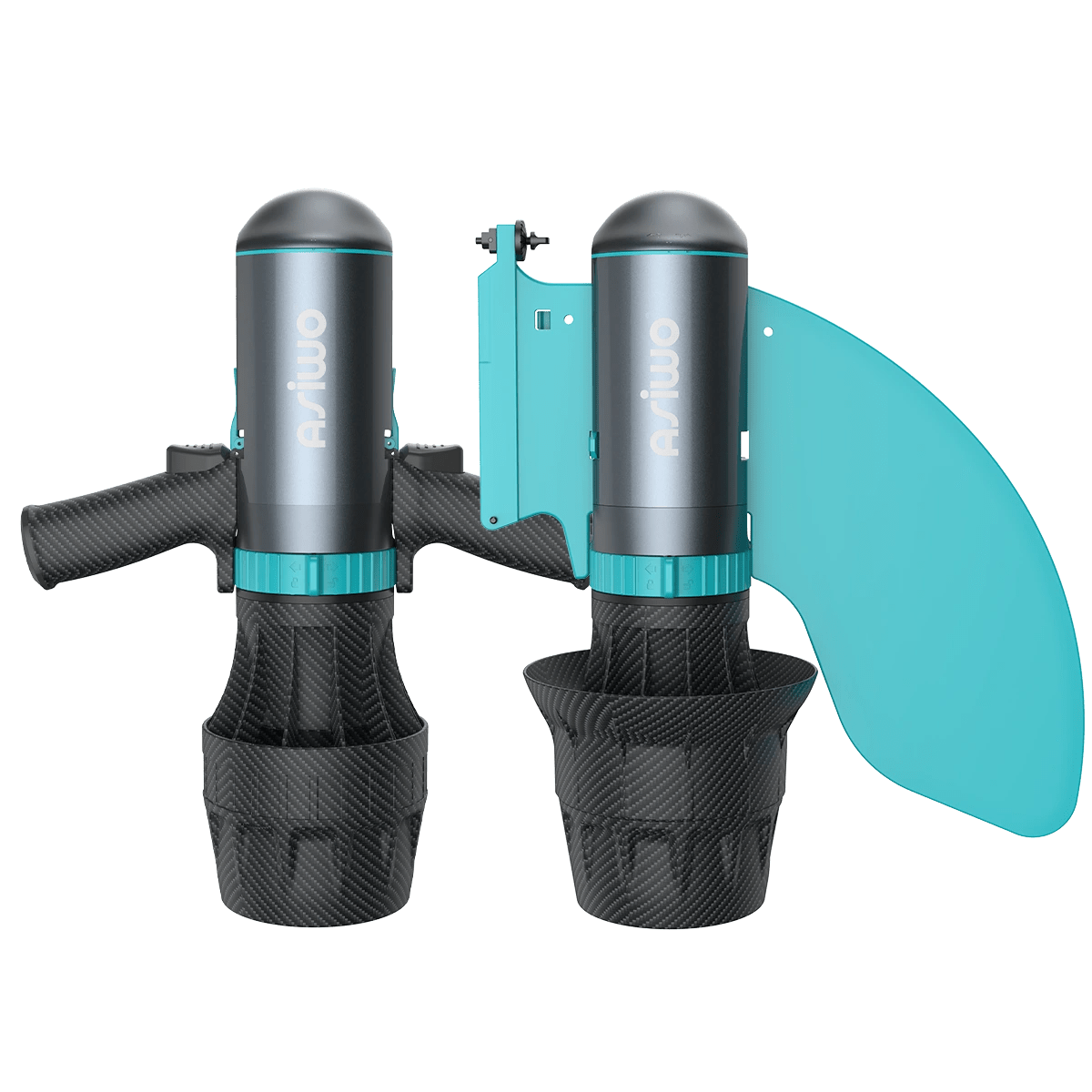


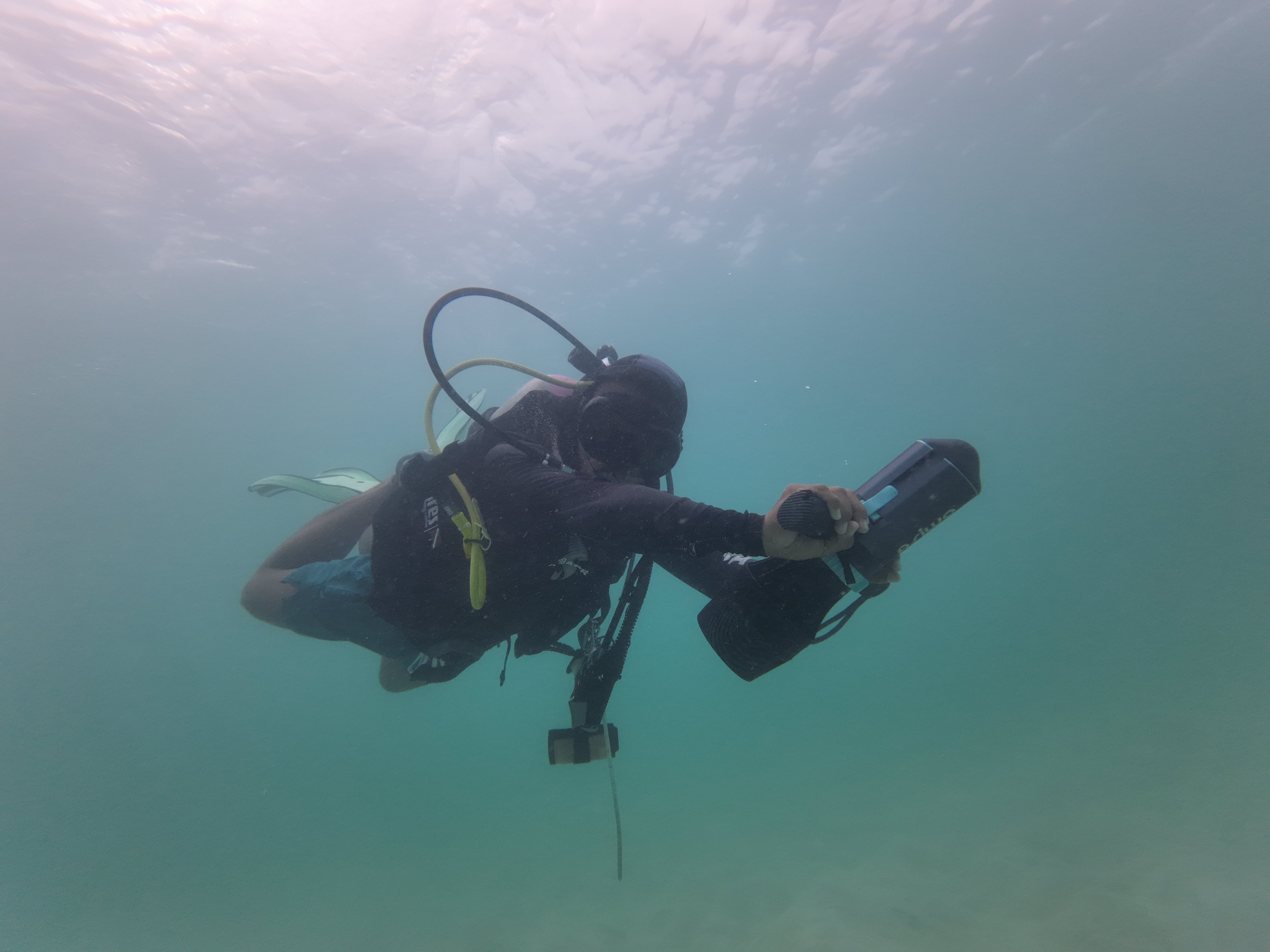
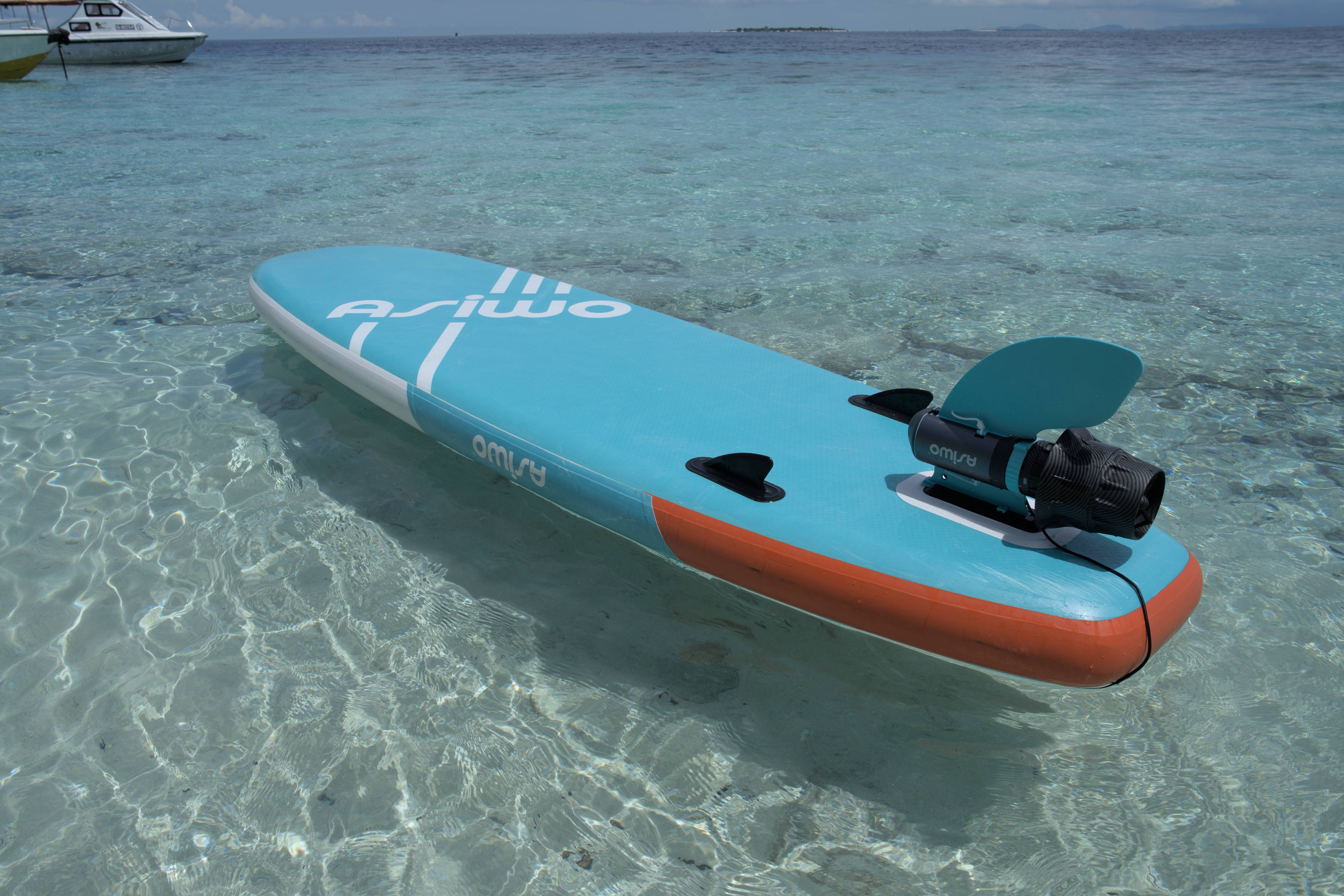
Hinterlassen Sie einen Kommentar